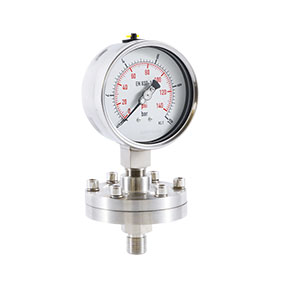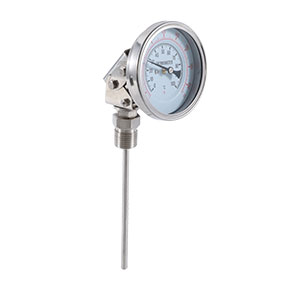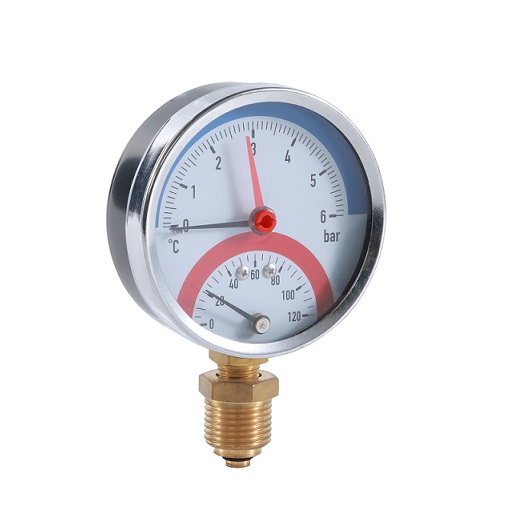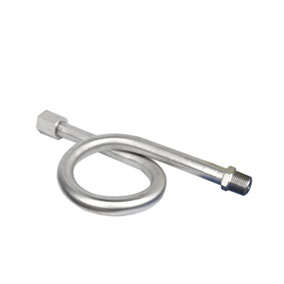Pressure Gauge Selection Guide
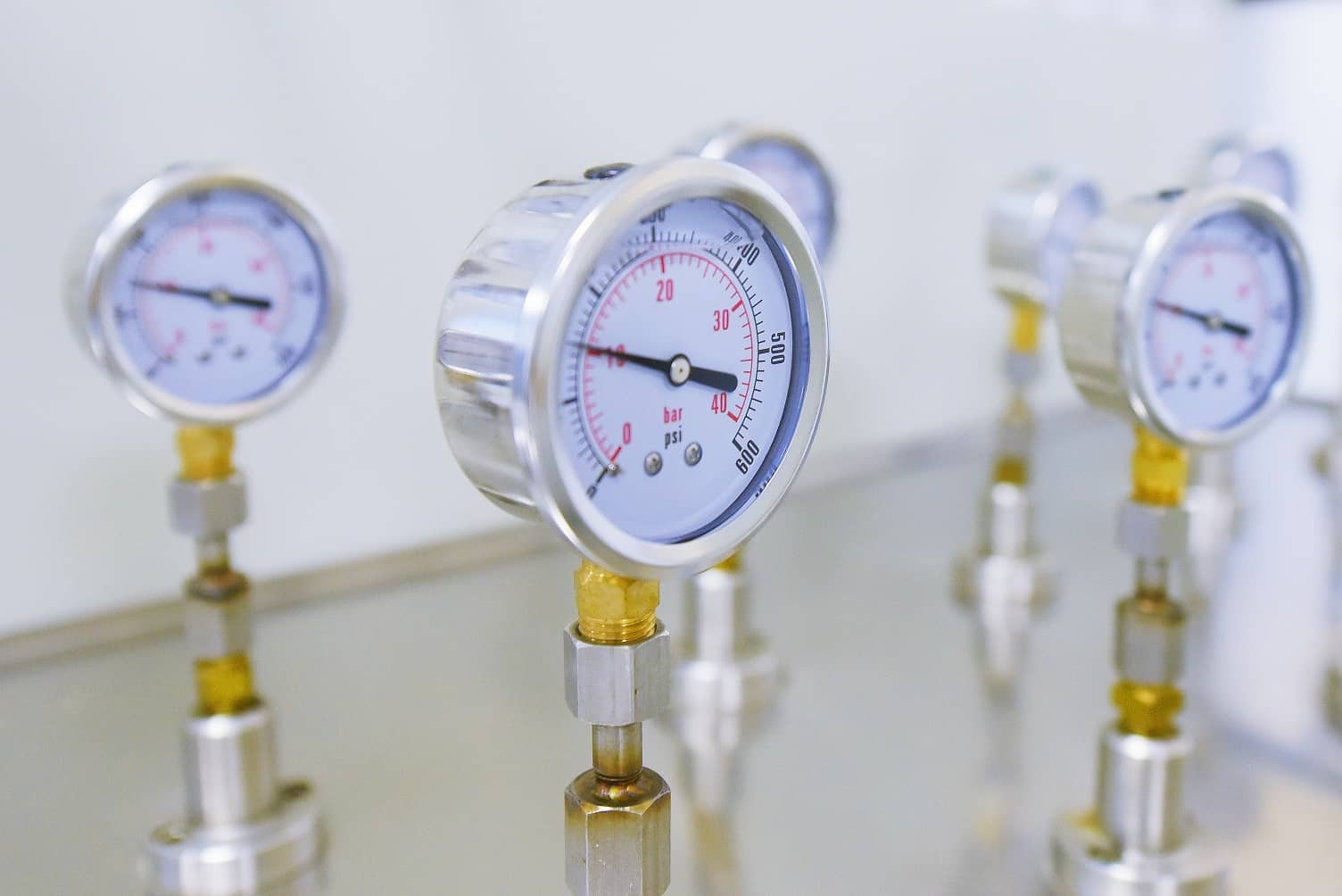
Pressure gauges are indispensable tools in industrial applications, providing crucial insights into fluid and gas forces within closed systems. Selecting the right pressure gauge is a pivotal decision that influences performance, efficiency, and safety. This guide is designed to walk you through the intricacies of pressure gauge selection, ensuring you make an informed choice tailored to your specific needs.
1. Understanding the Importance of Pressure Gauges: Before diving into the selection process, it’s essential to recognize the critical role pressure gauges play in maintaining operational precision. These instruments offer a real-time view into the dynamic forces shaping industrial processes.
2. Factors Shaping Pressure Gauge Selection:
- Tailoring to Your Application: Customize your choice based on substance characteristics, temperature fluctuations, and compatibility with gauge materials.
- Precision Matters: Gauge the required accuracy against industry standards and the specific precision demanded by your application.
- Environmental Resilience: Account for factors such as extreme temperatures and corrosive environments, choosing gauges built to withstand challenging conditions.
- Seamless Installation: Opt for gauges with mounting options, sizes, and connection types that seamlessly integrate into your system.
- Covering the Pressure Spectrum: Ensure the chosen gauge spans the full spectrum of pressures in your system, preventing damage and ensuring accurate readings.
3. Exploring Pressure Gauge Types:
- Bourdon Tube Gauges: Delve into the simplicity and reliability of bourdon tube gauges, widely employed across industries.
- Diaphragm Gauges: Understand the applications and designs of diaphragm gauges, particularly where sensitivity is paramount.
- Capsule Gauges: Explore the compact yet powerful nature of capsule gauges, perfect for low-pressure measurements.
4. Maintenance and Calibration Tips: Proactive maintenance and adherence to calibration schedules are pivotal for the sustained accuracy and longevity of pressure gauges. Following manufacturer guidelines is key to ensuring reliable performance.
5. Choosing the Perfect Pressure Gauge: Combine insights from the factors discussed to make an informed choice, aligning with industry standards and regulations for seamless integration.
6. Common Pitfalls to Avoid: Steer clear of common mistakes during the selection process, such as neglecting environmental factors or overlooking installation requirements.
Conclusion: In the ever-evolving landscape of industrial applications, the selection of the right pressure gauge is pivotal. This guide empowers you with the insights needed to navigate the selection process successfully, ensuring your systems operate at peak efficiency and safety levels.

